If you have ever noticed brown spots on your plumeria or frangipani, you may be wondering what causes them and how to treat them. Brown spots can be caused by a number of things, including sun damage, pests, or disease. Luckily, there are a few things you can do to prevent or treat brown spots on your plumeria or frangipani.
How to Identify Brown Spots on Plumeria
If you have brown spots on your plumeria, don’t worry – there are a few things you can do to treat them.
If they are due to too much sun exposure, you can move your plant to a shadier spot. If they are due to overwatering, be sure to let the soil dry out completely between waterings. If the brown spots are due to a fungal infection, you can treat them with a fungicide. First, try to determine the cause of the brown spots.
If the brown spots were caused by too much sun, be sure to protect your plant from the sun by giving it some shade. If the brown spots were caused by a fungal infection, be sure to treat your plant with a fungicide regularly. Once you’ve determined the cause of the brown spots, you can take steps to prevent them from coming back. If the brown spots were caused by overwatering, be sure to water your plant only when the soil is dry.

With a little care, you can get rid of brown spots on your plumeria and keep them from coming back.
Why Has My Plumeria Got Brown Spots?
There are a few possible reasons for brown spots on plumeria, including sun damage, pests, and disease. If you’ve noticed brown spots on your plumeria, you may be wondering what’s causing them.
If you live in an area with very hot summers, you may need to provide some shade for your plumeria during the hottest months. Sun damage is a common cause of brown spots on plumeria. The leaves of the plumeria can burn if they are exposed to too much direct sunlight.
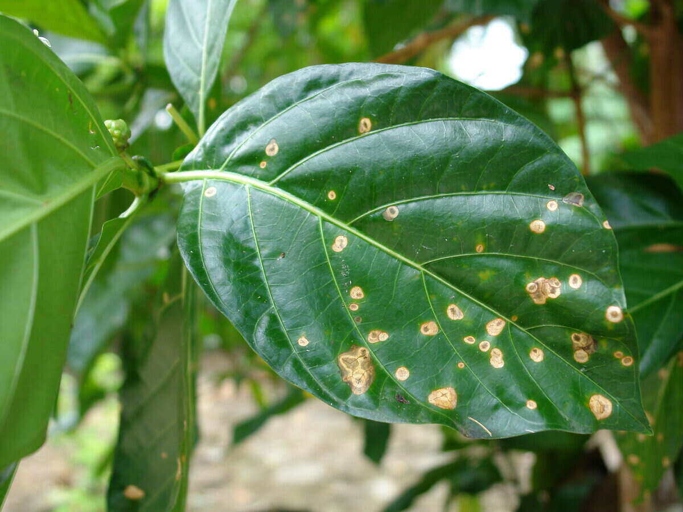
Pests can also cause brown spots on plumeria. Aphids, mealybugs, and scale are all common pests that can attack plumeria. If you see brown spots on the leaves of your plumeria, check for pests and treat accordingly.
Plumeria can be susceptible to a number of diseases, including bacterial leaf spot and powdery mildew. If you think your plumeria may be diseased, it’s best to consult with a professional. Disease is another possible cause of brown spots on plumeria.
Fungal Diseases
The best way to prevent these diseases is to water your plumeria and frangipani regularly and to keep the leaves and stems dry. Brown spots on the leaves and stems are the most common symptoms of these diseases. There are several different types of fungi that can cause these diseases, and they can be difficult to control. Fungal diseases are a common problem for plumeria and frangipani growers. If you do see brown spots on your plants, you can try to control the fungus with a fungicide.
Plumeria Rust
The fungus can also affect the stems and flowers of the tree. Plumeria rust is most commonly found in humid climates. Plumeria rust is a fungal disease that affects the leaves of plumeria trees. The disease is characterized by brown spots on the leaves, which eventually turn yellow and fall off.
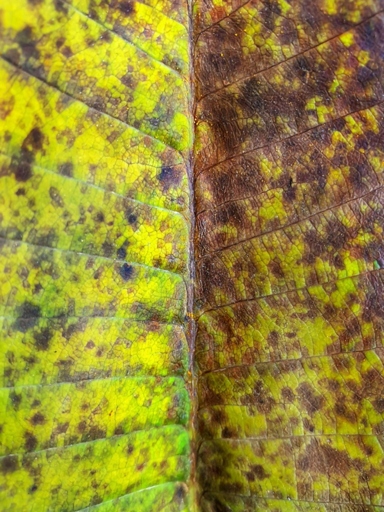
To prevent plumeria rust, it is important to water the tree regularly and to keep the leaves dry. If the disease is severe, you may need to use a fungicide. It is also important to remove any affected leaves from the tree.
Powdery Mildew
Powdery mildew can weaken the plant and make it more susceptible to other diseases. Powdery mildew is a type of fungal infection that can affect many different types of plants, including plumeria. If left untreated, the infection can eventually kill the plant. This disease is characterized by the formation of white or grayish-white powdery spots on the leaves and stems of affected plants.
Be sure to follow the directions on the label carefully. This treatment should be repeated every seven to ten days until the infection is gone. There are several ways to treat powdery mildew. Another option is to mix one part milk with nine parts water and spray the mixture onto the affected leaves. One option is to use a fungicide.

Another way to prevent powdery mildew is to water the plants early in the day so that the leaves have time to dry before nightfall. One way to do this is to make sure your plumeria plants have plenty of space between them to allow for good air circulation. Preventing powdery mildew is the best way to deal with this disease.
Black Tip Fungus
The fungus is black in color and appears as a black tip on the leaves of the tree. Black Tip Fungus is a common problem for plumeria and frangipani trees. The tree can also be treated with a fungicide. The fungus is most commonly found on the tips of the leaves, but can also be found on the stems and branches of the tree. The fungus can be controlled by pruning the affected leaves and branches. The fungus can also cause the tree to produce less flowers. The fungus can cause the leaves of the tree to turn brown and fall off.
Sooty Mold
This substance can make the leaves of the plant appear brown or black. Sooty mold can also cause the leaves to become yellow or drop off the plant. The fungus gets its name from the black, soot-like substance it produces. Sooty mold is a type of fungus that can grow on the leaves of plumeria and frangipani plants.

The insects excrete a sticky substance called honeydew, which the fungus uses as food. Sooty mold is usually caused by aphids or scale insects feeding on the sap of the plant. Sooty mold can also be caused by mealybugs, whiteflies, or other sap-sucking insects.
This can be done by spraying the plant with an insecticide or by using a natural predator such as ladybugs. To get rid of sooty mold, you need to get rid of the insects that are causing it. Once the insects are gone, the sooty mold will eventually disappear. You can also try to remove the insects by hand.
Too Much Sunlight
This is also caused by the sun. Another problem that can occur is the leaves turning yellow. If you see the flowers falling off, you will need to move the plumeria to a shadier spot. The most common problem is brown spots on the leaves. When it comes to getting too much sunlight, there are a few things that can happen to your plumeria. This is caused by the sun burning the leaves. If you see brown spots on your plumeria, you will need to move it to a shadier spot. The last problem that can occur is the flowers falling off. This is caused by the sun burning the flowers. If you see the leaves turning yellow, you will need to move the plumeria to a shadier spot.
How to Treat:
If the spots are on the fruit, you can try to remove them with a knife. If the spots are on the flowers, you can try to remove them with a cotton swab dipped in rubbing alcohol. First, try to remove the affected leaves. If you have brown spots on your plumeria or frangipani, there are a few things you can do to treat them. If the spots are on the branches, you can try to remove them with a pruner. If the spots are on the stems, you can try cutting them off. If the spots are on the leaves, you can try to remove them with a garden hose. If the spots are on the roots, you can try to remove them with a spade. If the spots are on the trunk, you can try to remove them with a saw.
Watering problems
Overwatering can lead to root rot, which can cause the leaves to turn brown and drop off. If your plumeria or frangipani has brown spots, it could be a sign of watering problems. Underwatering can also cause brown spots, as the leaves will dry out and become damaged.

If you notice the leaves starting to turn brown, increase the frequency of watering. If you think you may be overwatering, allow the soil to dry out slightly between watering. To prevent brown spots, make sure to water your plumeria or frangipani regularly and evenly.
How to Treat:
One way is to remove the affected leaves and stems. Another way is to treat the plant with a fungicide. You can also try to prevent the problem by keeping the plant well-watered and avoiding overhead watering. There are a few ways to treat brown spots on plumeria.
Insect Infestation
If you notice brown spots on your plumeria or frangipani, it’s likely due to an insect infestation. These pests can quickly cause extensive damage to your plants, so it’s important to take action immediately.
Aphids, scale, and mealybugs are all common culprits. There are a few different types of insects that may be responsible for the brown spots on your plants. These pests feed on the sap of plants, which can cause the leaves to turn brown and eventually drop off.
Be sure to follow the instructions on the label carefully. You may need to treat your plants multiple times to completely get rid of the pests. To get rid of the pests, you’ll need to treat your plants with an insecticide.
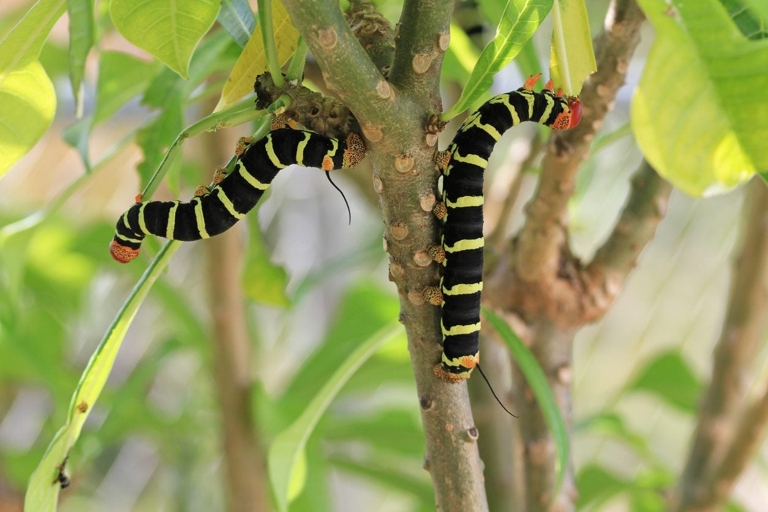
This will make it less attractive to pests. You can also try using insecticidal soap or horticultural oil to keep pests away. Start by keeping your garden clean and free of debris. Preventing insect infestations is the best way to protect your plants.
Mealybugs
Mealybugs can cause yellowing of leaves, stunted growth, and plant death. Mealybugs are a type of sap-sucking insect that can cause damage to plumeria and frangipani plants. They are small, wingless insects that are covered in a white, waxy substance.
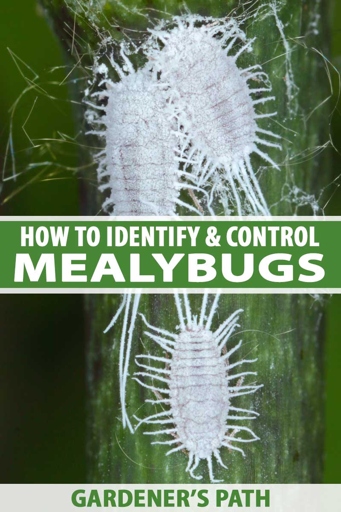
Mealybugs are most often found in warm, humid climates. Mealybugs can also be spread by birds and other animals that feed on them. They can be introduced to an area on infested plants or through the movement of contaminated soil.
However, it is important to select an insecticide that is specifically labeled for use against mealybugs. Mealybugs can be controlled with the use of insecticides. Be sure to follow the directions on the label carefully to avoid harming the plant.
Spider Mite
Spider mites feed on the sap of plants, and they can quickly weaken and kill a plumeria plant. Spider mites are tiny pests that can wreak havoc on your plumeria plants. These pests are so small that they are often hard to spot, but they can cause big problems for your plants. These pests can also spread quickly from plant to plant, so it’s important to take action if you spot them on your plumeria.
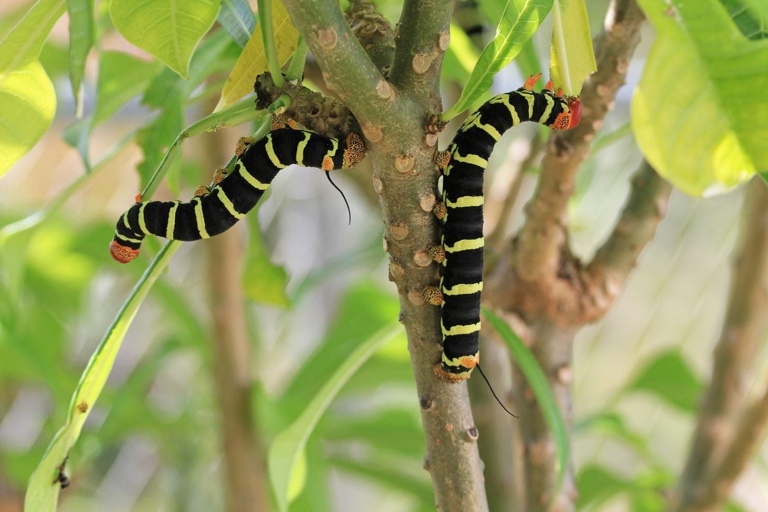
You may also see webbing on your plant, which is another sign that spider mites are present. These spots are caused by the spider mites feeding on the sap of the leaves. If you suspect that your plumeria has spider mites, it’s important to take action right away. One telltale sign is brown spots on the leaves of your plant. There are a few ways to tell if your plumeria has spider mites.
If you have a severe infestation, you may need to remove and destroy affected plants to prevent the spider mites from spreading. You can also try using a natural predator, such as ladybugs, to control the spider mite population. You can use a pesticide that is specifically designed to kill spider mites. There are a few ways to get rid of spider mites on your plumeria.
Leafhopper
Leafhoppers are small, sap-sucking insects that can cause serious damage to plumeria and frangipani plants. In severe cases, the leafhoppers can also cause the plant to produce fewer flowers. Leafhoppers feed by piercing the plant’s leaves and sucking out the sap. This can cause the leaves to turn brown and eventually drop off. These pests are often mistaken for aphids, but they are actually quite different.
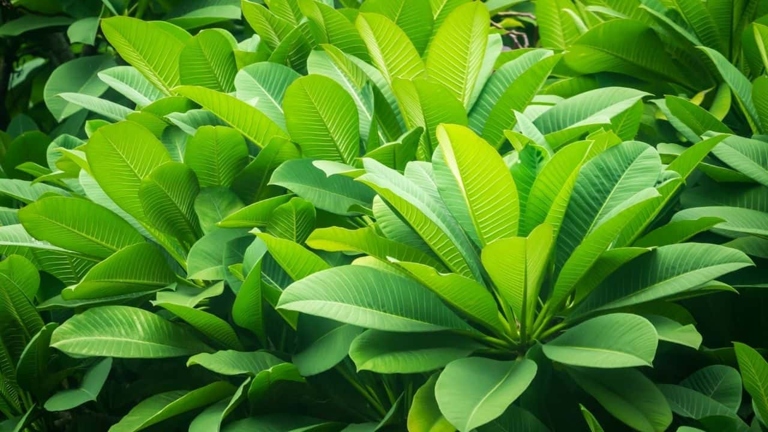
There are a few different ways to control leafhoppers. You can also use insecticidal soap or neem oil to kill the leafhoppers. Another is to use a strong stream of water to blast them off the plant. Be sure to follow the directions on the label carefully. One is to simply remove them by hand.
If you have leafhoppers on your plumeria or frangipani, take action immediately to control them. These pests can cause serious damage to your plants if left unchecked.
Ants
If you have brown spots on your plumeria or frangipani, don’t worry – it’s probably just ants. These pests are attracted to the sweet nectar of the flowers, and while they don’t usually do any harm, they can be a nuisance.
If you have a serious infestation, you may need to call in a professional. To get rid of ants, you can try spraying them with water or an insecticide.

Keep your garden clean and free of debris, and make sure there are no cracks or crevices for them to hide in. Preventing ants from getting to your flowers in the first place is the best way to deal with them.
Fertilizer Problems
If you notice brown spots on your plumeria or frangipani, it’s important to take action immediately. These spots are usually caused by a fungus, and if left untreated, they can spread to the leaves and flowers, causing serious damage.

One is to remove the affected leaves and flowers, and another is to treat the plant with a fungicide. There are a few different ways to treat brown spots on plumeria or frangipani.
If you think your plant has a fungus, it’s important to take action right away. If you catch the problem early, you’ll have a better chance of saving your plant. Fungi can spread quickly, and they can be difficult to treat.
How to Prevent Brown Spots on Plumeria?
If you see brown spots on the leaves, remove them immediately and dispose of them. To prevent brown spots on plumeria, it is important to water the plant deeply and regularly. Plumeria are also susceptible to fungal diseases, so it is important to keep the leaves dry and to avoid overhead watering. Allow the soil to dry out between watering.
Final Words
These spots can be caused by a number of things, including too much sun, too little sun, or even a fungal infection. As with any plant, it’s important to give your plumeria the proper care to prevent brown spots from developing.
If the spots are small and few, you can try to remove them with a soft cloth. Make sure you’re not over or under watering, as both can lead to brown spots. If you notice brown spots on your plumeria, the first thing you should do is check the plant’s watering schedule.
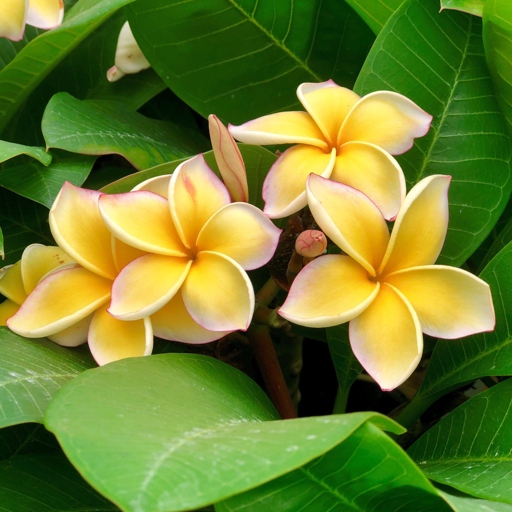
Be sure to follow the directions on the label carefully, as using too much can harm the plant. If the brown spots are large or numerous, you may need to treat the plant with a fungicide. If the spots don’t seem to be improving, you may need to consult with a professional.
Frequently Asked Questions
1. What are brown spots on plumeria/frangipani?
2. What causes brown spots on plumeria/frangipani?
3. How can I treat brown spots on plumeria/frangipani?
4. How can I prevent brown spots on plumeria/frangipani?
5. What are some other plumeria/frangipani problems I should look out for?
1. Brown spots on plumeria/frangipani are brown or black lesions that can appear on the leaves, stems, or flowers of the plant.
2. Brown spots on plumeria/frangipani are caused by a variety of fungi, bacteria, and environmental stresses.
3. Brown spots on plumeria/frangipani can be treated with fungicides, bactericides, and good cultural practices.
4. Brown spots on plumeria/frangipani can be prevented with the use of fungicides, bactericides, and good cultural practices.
5. Some other plumeria/frangipani problems to look out for include leaf spot, stem rot, and root rot.
Final thoughts
If you have brown spots on your plumeria or frangipani, there are a few things you can do to treat them. First, try to determine the cause of the problem. If the cause is a fungal infection, you can treat it with a fungicide. If the cause is a nutrient deficiency, you can try fertilizing your plant. If the cause is sunburn, you can try moving your plant to a shadier location. Finally, if the cause is unknown, you can try treating the plant with a general-purpose pesticide.
